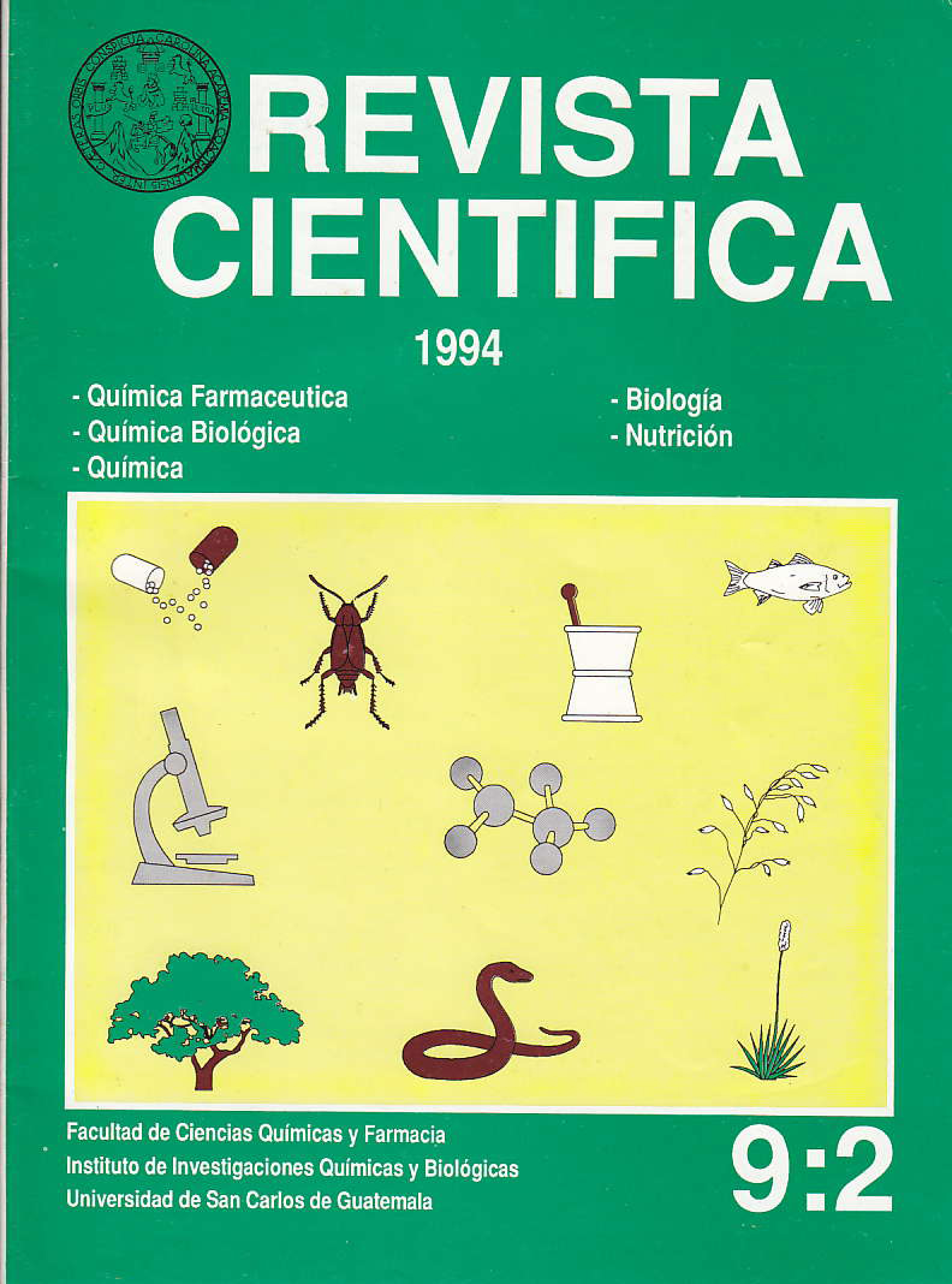Utilization and conservation of natural resources
DOI:
https://doi.org/10.54495/Rev.Cientifica.v9i2.376Keywords:
utilization, conservation, natural resourcesAbstract
The development models that have been implemented in most Latin American countries are focused on technological development and the high use of natural resources, a product of the adoption of non-native forms of culture that generate false needs and expectations. The current increase in the human population, the lack of planning in the distribution of its settlements and the aspirations for a better way of life of the growing population, exert strong pressures on natural areas and their resources. In many of our Latin American countries, there are areas with considerable samples of tropical forest and other important ecosystems, which still have high biological diversity, but due to the lack of adequate policies for economic growth and development in the countries, there is strong pressure to cut down the last natural areas and incorporate them into national "development." Thus, most environmental and conservation problems have their origin in socioeconomic problems, related to an unjust economic order, manifested in the poor distribution of available goods, services and technologies (including land). Guatemala is small, but exceptionally diverse and like other third world countries, its natural resources are being rapidly altered due to physical, demographic and economic pressures. Factors that deteriorate natural resources, such as loss of habitat due to colonization, cultivation of unsuitable lands, deforestation, expansion of livestock and agricultural frontiers; hunting, trafficking of wild species, pollution and the impact of war and militarization, have not yet been evaluated. On the other hand, within the Guatemalan national economic framework, natural resources have not been considered part of capital and so forest resources (wildlife), soil, water, fishing potential and others are not considered in the analysis and definition of economic policies. Since their use is not considered, they are not assigned a depreciation value, resulting in the concealment of the deterioration suffered by natural resources and the repercussions of this. The stability of our Latin American peoples depends on food stability and food production depends on the continuous availability of natural resources, adequate soils and water. Based on the reality that natural resources have been the basis for the development of human communities, it is currently imperative to introduce substantial changes in the relationship between human populations, natural resources and development models.Downloads
References
-
Downloads
Published
How to Cite
Issue
Section
License
Copyright (c) 1994 Oscar Francissco Lara

This work is licensed under a Creative Commons Attribution 4.0 International License.
Authors who publish with this journal agree to the following terms:
- Authors retain copyright and grant the journal right of first publication with the work simultaneously licensed under a Creative Commons Attribution License 4.0 that allows others to share the work with an acknowledgement of the work's authorship and initial publication in this journal.
- Authors are able to enter into separate, additional contractual arrangements for the non-exclusive distribution of the journal's published version of the work (e.g., post it to an institutional repository or publish it in a book), with an acknowledgement of its initial publication in this journal.
- Authors are permitted and encouraged to post their work online (e.g., in institutional repositories or on their website) prior to and during the submission process, as it can lead to productive exchanges, as well as earlier and greater citation of published work.









